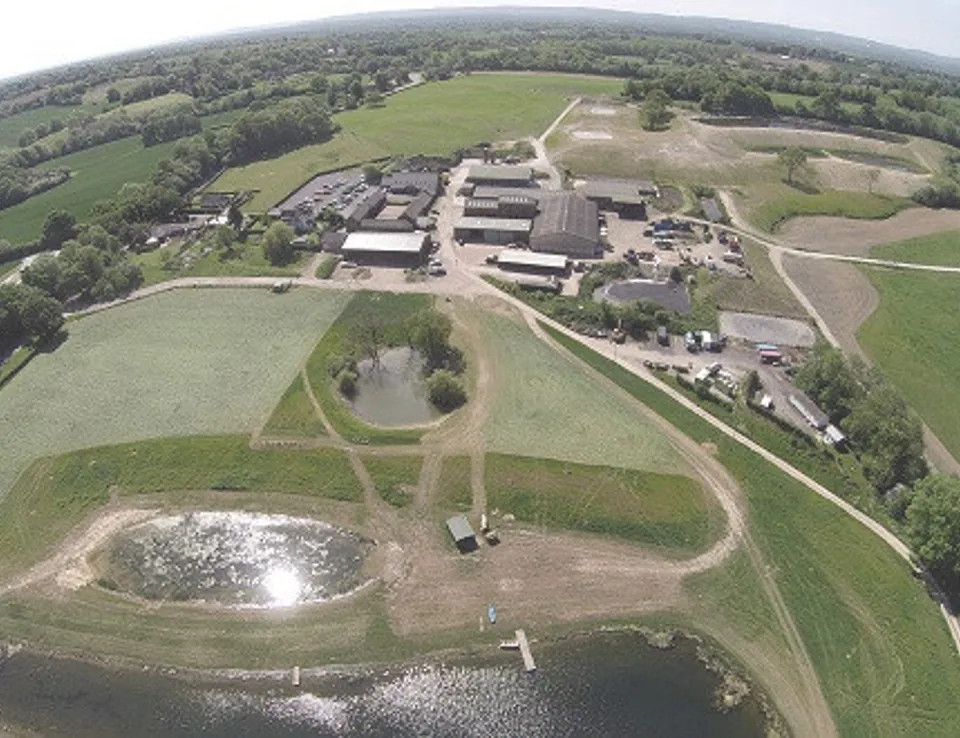Play Video
Carbon capture technology
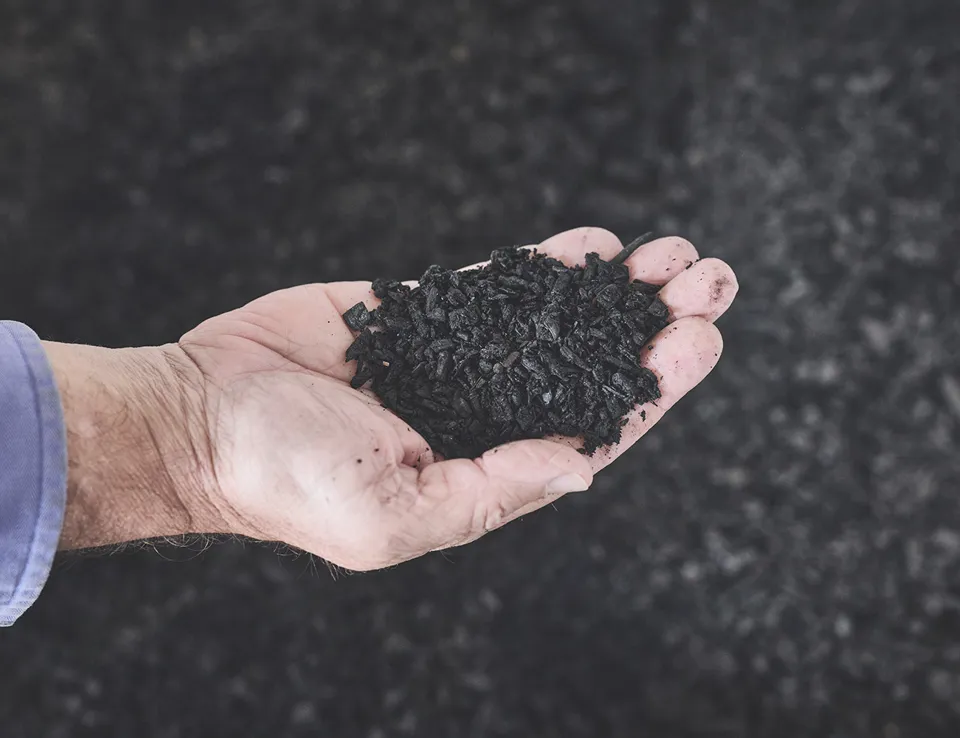
Supporting organisations to achieve net zero goals and improve sustainability credentials
Organisations face an ever-expanding list of sustainability regulations and mounting pressure to adopt climate strategies that satisfy investor and consumer expectations while demonstrably reducing emissions. Regulations such as the EU’s Corporate Sustainability Reporting Directive (CSRD), the increasing demands of Environmental Social and Governance (ESG) compliance standards, and frameworks like the Task Force on Climate-related Financial Disclosures (TCFD) and Emissions Trading Systems (ETS) all challenge businesses to respond to the sustainability imperative.
As consumers and potential employees increasingly prioritise eco-conscious brands, ESG factors are now critical for attracting investment, customer loyalty, and talent.
Companies must balance the urgent need for sustainable transformation with the rising costs of operation.
Carbon and cost benefits
By using sustainably sourced biomass process wastes, such as waste wood from domestic timber production, to fuel a CHP unit, capture up to 95% of carbon dioxide through the application of three processes:
- producing biochar - a product similar to charcoal used by the agricultural sector to enrich soil and add to animal feed to reduce ruminant emissions.
- capturing carbon dioxide from the exhaust to produce industrial-grade carbon dioxide - used for making low-carbon concrete or in the food and drinks industry to replace carbon dioxide derived from industrial processes reliant on imported natural gas
- generating heat and power
Our commercial-size demonstrator plant is capable of removing 16,000 tonnes of carbon dioxide (CO2) annually.
The food-grade carbon dioxide (CO2) captured can be used by other industries, such as in horticulture, agriculture and food and drink production, who have seen prices for food-grade CO2 increase by over 60% since 2020 – a trend which shows no sign of slowing.
Learn more about cost effective CO2 generation for:
Around 50% of the carbon in the biomass feedstock is captured in the biochar resulting from the pyrolysis process with the remaining carbon in the feedstock is released as carbon dioxide in the flue gas coming out of the combustor.
Around 90% of this remaining carbon is captured through the chemical absorption system, driven by the heat and power generated by the turbine.
The two processes combined give an overall CO2 capture efficiency of 95% and thus provides significant negative emission and greenhouse gas removal in comparison to competitive technological solutions.
Further carbon reductions can be achieved through adapting existing CHP from being gas-powered to reliance on biomass feedstocks, enabling organisations to use lower-cost biomass process wastes to generate heat, power, food grade CO2, and biochar.

Why the food industry needs CO₂ - and how to make it sustainable
Food-grade CO₂ is an indispensable resource for the food and beverage industry, serving multiple critical functions, however rising prices and supply volatility have placed significant financial pressures on manufacturers.

How UK agriculture can tackle soaring costs and meet new carbon regulations
In an industry facing both budget and environmental pressures, the agriculture sector needs innovative solutions for sustainable, reliable growth.
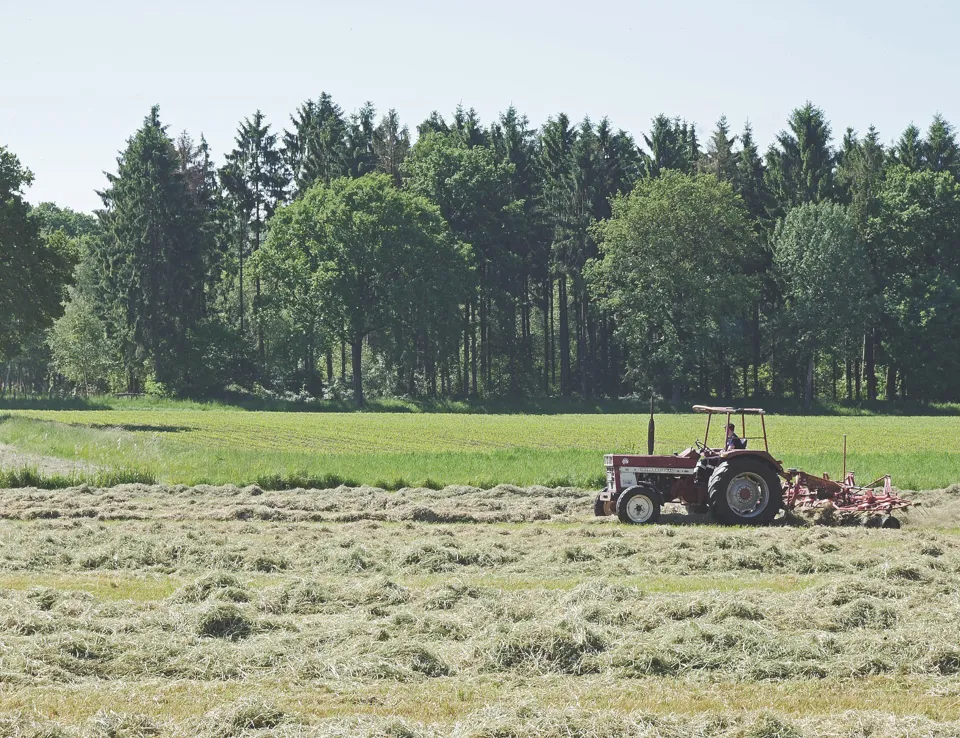
Innovative carbon capture technology: Q&A with Josh Dalby
Ricardo have developed innovative carbon capture, utilisation and storage technology to remove greenhouse gases and provide renewable heat, electricity and the valuable by-products of biochar and carbon dioxide. Here, Josh Dalby, Chief Engineer, tells us more about the project and the technology.
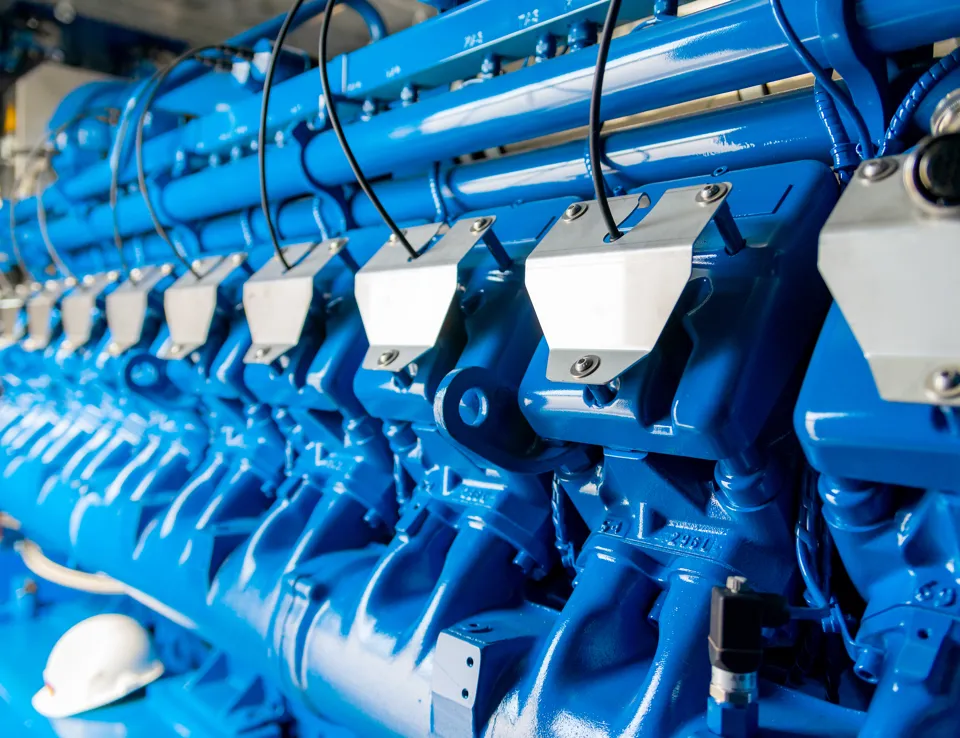
Combined heat and power (CHP)
CHP is a highly efficient process that captures and utilises heat generated as a by-product when generating electricity. By generating heat and power simultaneously, CHP can reduce carbon emissions by up to 30%. By having an independent energy source, organisations can reduce their dependency on the power grid, minimising the risk of energy price volatility and increasing business resilience where connections to the grid may be unreliable or inconsistent at times.
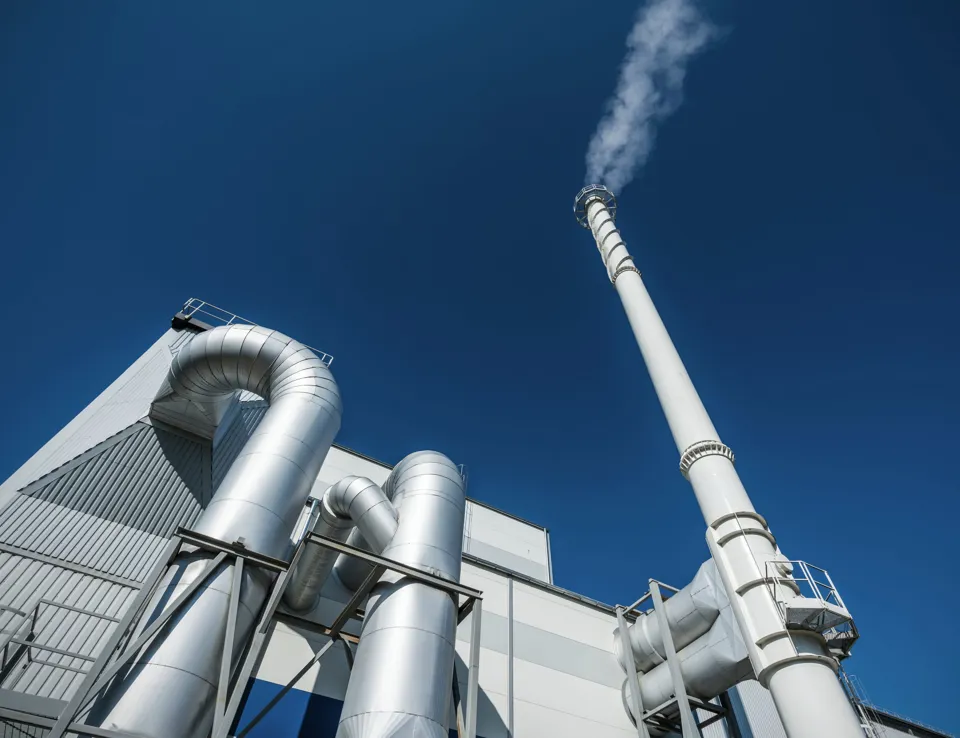
Carbon capture technology
Reduce the carbon associated with heat and power generation by capturing carbon dioxide emissions at source.
By adding Ricardo's innovative carbon capture unit to new or existing combined heat and power units (CHP) – whether gas or biomass powered – organisations can avoid releasing carbon dioxide into the atmosphere, removing this from their reportable emissions.
The supply of high quality, food-grade carbon dioxide can then create a new income stream - the market for which is predicted to continue to grow exponentially over the coming decade - or applied to local uses where required.
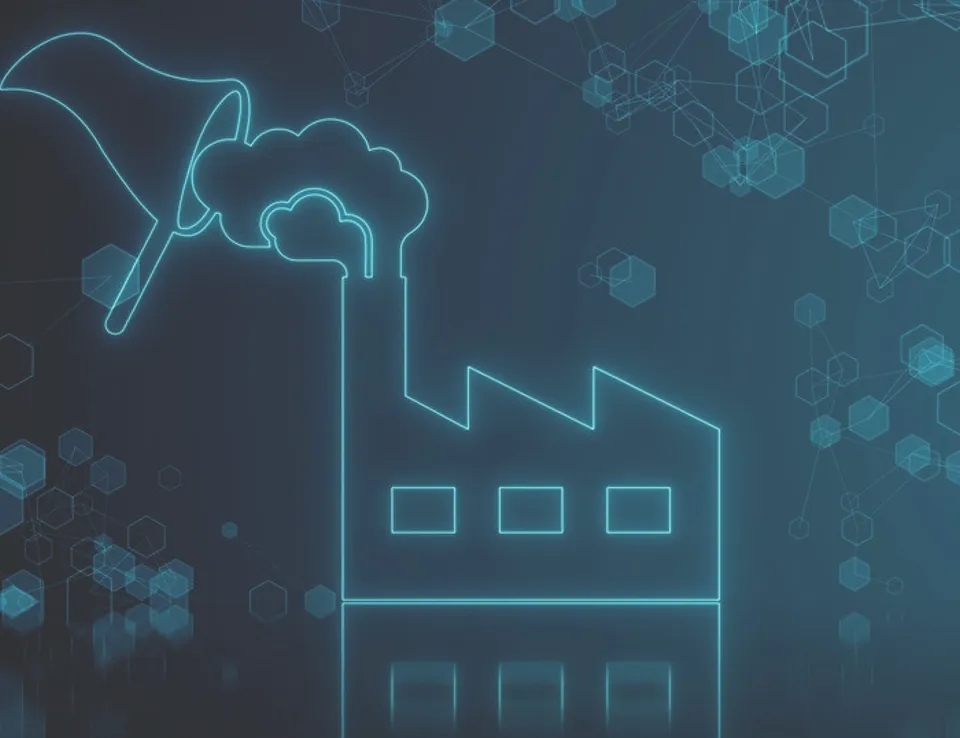
Carbon capture a solution to reducing harmful emissions and securing carbon dioxide supplies?
Innovative carbon-capture technology can secure the supply of carbon dioxide and accelerate the UK concrete industry’s reduction of greenhouse gas emissions.

Unlocking the potential of biochar: a game-changer for agriculture and food production
As the agriculture and food sectors face mounting pressure to enhance sustainability, improve soil health, and reduce environmental impacts, innovative solutions are crucial. One such solution making waves across industries is biochar—a carbon-rich material derived from biomass through pyrolysis. While its roots lie in ancient agricultural practices, modern science has unveiled biochar's profound potential in transforming soil health, crop yield, and sustainability.
Innovating for energy security and carbon emissions reductions
By taking sustainably sourced waste wood from domestic timber production and then processing it in three ways: producing biochar (a product similar to charcoal); generating heat and power; and capturing carbon dioxide from the exhaust. The technology, therefore, captures around 90% of the carbon content in the wood. It also produces commercially marketable carbon products: the biochar can be used by farmers to enrich soil and add to animal feed to reduce ruminant emissions. The industrial-grade carbon dioxide can either be used for making low-carbon concrete or in the food and drinks industry to replace carbon dioxide derived from industrial processes which rely on imported natural gas. A full-size single-module system will remove 4,100 tonnes of carbon dioxide per year from the atmosphere.
Around 50% of the carbon in the waste material is captured in the biochar resulting from the pyrolysis process. The remaining carbon in the feedstock is released as carbon dioxide in the flue gas coming out of the combustor. Around 90% of this remaining carbon can potentially be captured through a chemical absorption system which is driven by the heat and power generated by the turbine, giving an overall CO2 capture efficiency of 95% and thus providing significant negative emission and greenhouse gas removal (GGR) potential in comparison to competitive technological solutions.
The concrete and cement sector intends to go beyond net zero and become net negative: significant carbon reduction will come from carbon capture, usage and storage with biomass considered as a route forwards.
Carbon capture plants can make carbon curing - a highly effective and disruptive technology - affordable, accessible and a mainstream option for the concrete industry. Initially, the Ricardo demonstrator will use sustainably sourced forestry waste, but long term could use other wastes as its feedstock.
Community-scale biomass-based greenhouse gas removal systems can be located closer to the feedstock, significantly reducing life cycle impacts and upstream emissions.
Biochar is also of interest in the construction sector as a colourant for bricks or additive to concrete.
The technology enables the farming, agriculture and horticulture sector to cut emissions and benefit from security of supply and a virtuous circle of production.
The feedstock for the plant can comprise: Sustainably sourced waste wood from domestic timber production, green waste from agriculture or commercial growing or horticultural cuttings, or even animal waste such as poultry litter.
The technology captures a significant amount of the carbon content in the feedstock.
It processes the wood or waste materials to produce biochar (a product similar to charcoal) which can be used by farmers to enrich soil and add to animal feed to reduce ruminant emissions.
Our combined heat and power plant could be located on a farm, be fed by sustainable wood waste from local, indigenous sources at a lower cost than natural gas, and securely and continuously supply clean energy, heat, food-grade carbon dioxide and biochar.
Read more about BIOCCUS for Agriculture >
Negative emission cogeneration technology has clear applications for food and drink manufacturers.
The high wholesale price of natural gas and uncertainty over the security of supply of energy and food-grade carbon dioxide mean that globally-renowned food and drinks manufacturers need a solution that can give them reassurance about supply and cost control to ensure that they can keep on making their products.
Our combined heat and power plant could be located at a food manufacturing site, be fed by sustainable wood waste from local, indigenous sources at a lower cost than natural gas, and securely and continuously supply clean energy, heat, food-grade carbon dioxide and biochar – which could be sold to the farmers who might well be producing ingredients for the manufacturers.
Learn more about BIOCCUS for the Food and Drink sector >
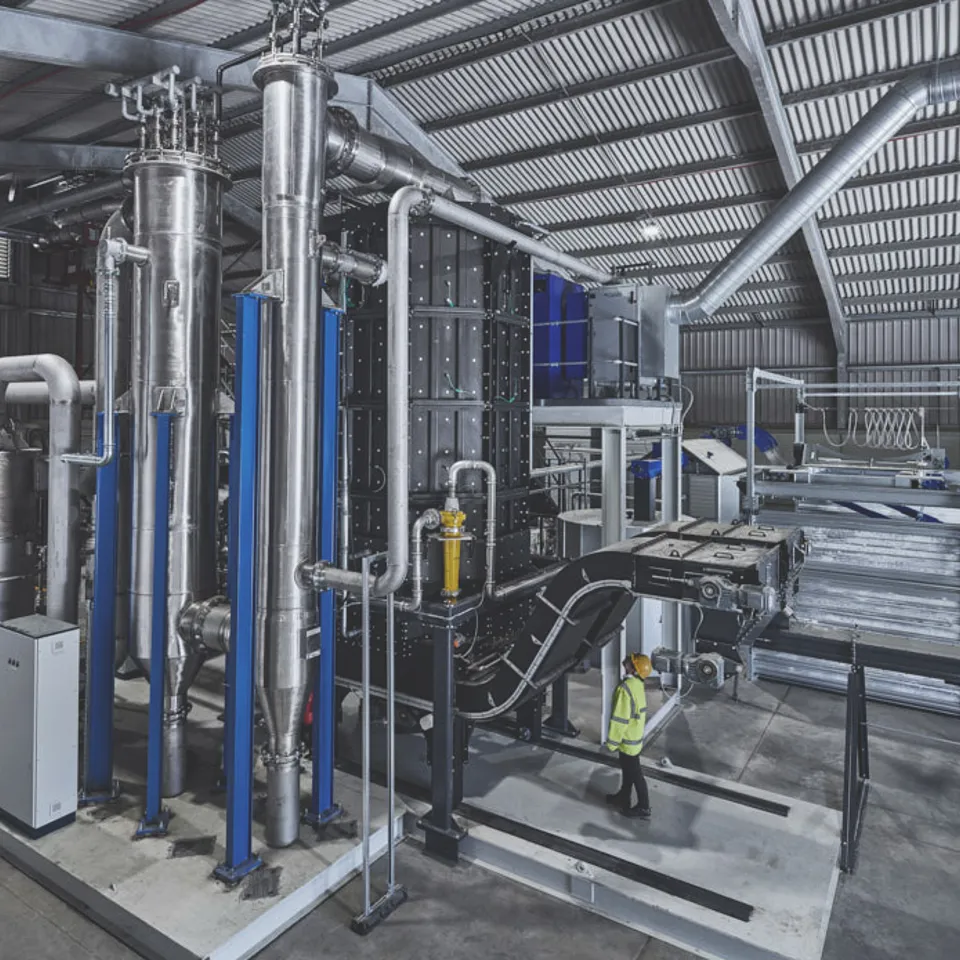
Meet the experts

Josh Dalby, Global Head of Engineering Technology
Josh Dalby is the Global Head of Engineering Technology for Ricardo. He holds an MEng in Engineering from King’s College, Cambridge, and joined Ricardo as a graduate engineer in 2008.
During his career at Ricardo, Josh has specialised in complex projects for a wide range of customers requiring innovation, research and development and new technology. He has been the technical lead on projects incorporating a variety of advanced technology, such as hybrid vehicle optimisation, geofencing, multi-speed electric drive units and hydrogen.

Adrian Greaney, Global Chief Technology Officer
Adrian joined Ricardo in 2001 and has spent a varied career working on new technology strategy and research, new business development, and powertrain project leadership for Ricardo clients around the world. This has included several years working for Ricardo in the US, as well as leading various new powertrain technology projects for global OEMs in Europe and Asia. In his current role as Global CTO, Adrian is responsible for Ricardo’s technology strategy across multiple transport sectors, research in developing new sustainable technology, and digital transformation of Ricardo’s products and engineering services focused on propulsion and energy systems. Adrian received a first class BSc(Hons) degree in General Engineering from the University of Durham and is a Chartered Engineer of the Institution of Mechanical Engineers (CEng MIMechE).







